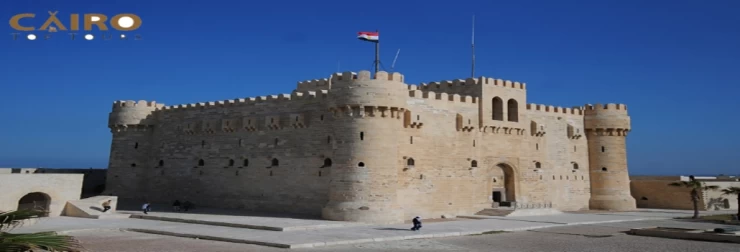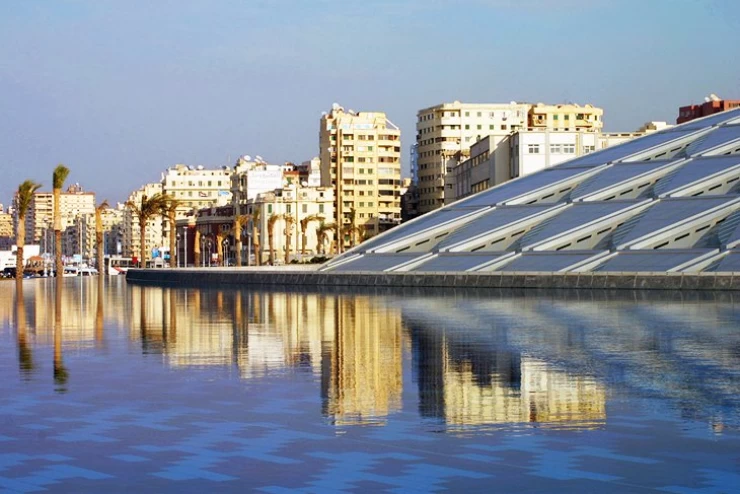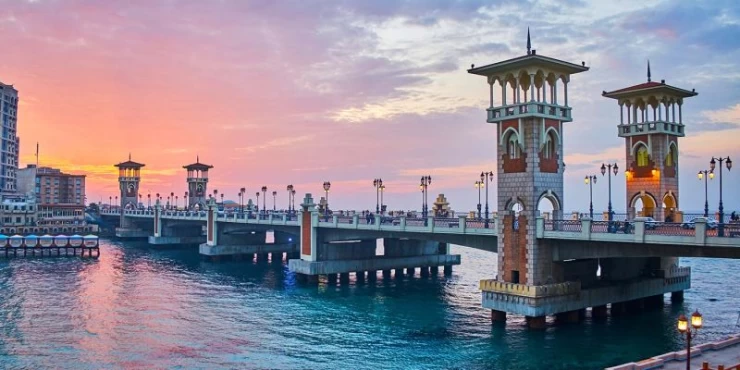-webp.webp)
The Catacombs of Kom el Shoqafa
Facts About The Catacombs of Kom el Shoqafa
The Kom El Shokafa’s catacombs are among the most beautiful tourist attractions in Alexandria; they are one of the most important cemeteries of the city and Egypt’s largest cemetery. They date back to the Roman-Greek period and were discovered on September 28, 1900.
This place is regarded as one of the wonders of the Middle Ages, as it combines Greek, Egyptian and Roman civilizations and has walls bearing unique inscriptions for each civilization. The cemetery also contains elements of Roman, Hellenistic and Pharaonic arts that can be found in wall paintings, statue design traditions, burial ceremonies and tombs; things that were common during this era within Alexandria.
Excavations began in this area as early as 1892, but it was not until 1900 that it was found by chance (by a donkey), which fell into the main opening of the tomb, at a depth of 12 meters, and through this incident they knew that there were antiquities in this area and they were looking for the donkey.
The Catacombs are situated in the Mina El-Basal district, which is east of Alexandria. This region was formerly known as "Treasure Hill" and Kom El-Shaghafa or Kom El-Sharia. Relief carvings in the main cemetery and Pharaonic paintings from the mid-Roman era attest to the cemetery's early history, which began in the first century AD and continued until the fourth century AD.
The experts note that the three subterranean levels of the Kom el-Shokafa tombs, which date to the second century A.D., show the actual progression of ancient Roman construction. The triclinium, a banquet hall where guests can sit and sleep while paying respects to the deceased, is the most fascinating feature of the catacombs. Other rooms and corridors house the bodies of priests, and the main tombs feature elaborate coffins that are an eclectic blend of Greek, Roman, and Egyptian design.


















